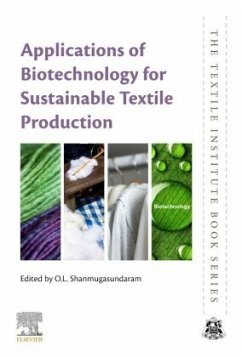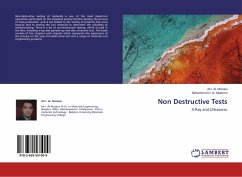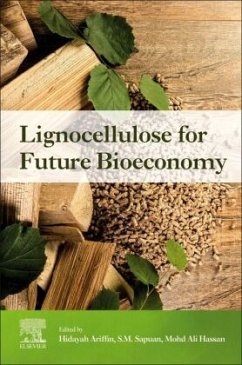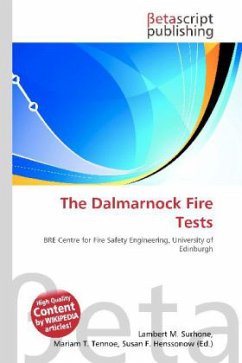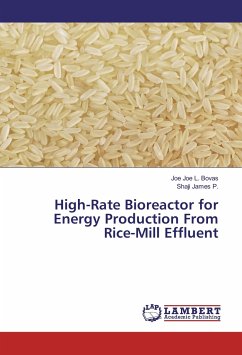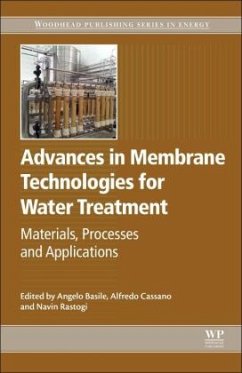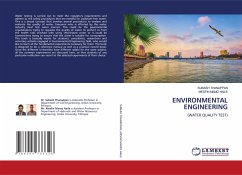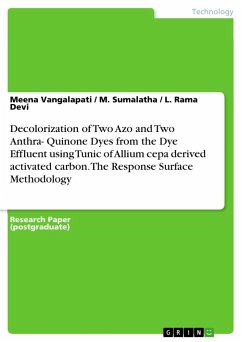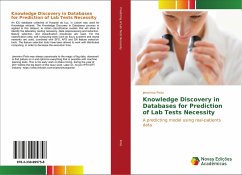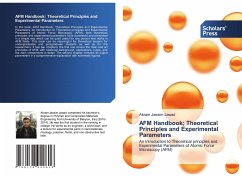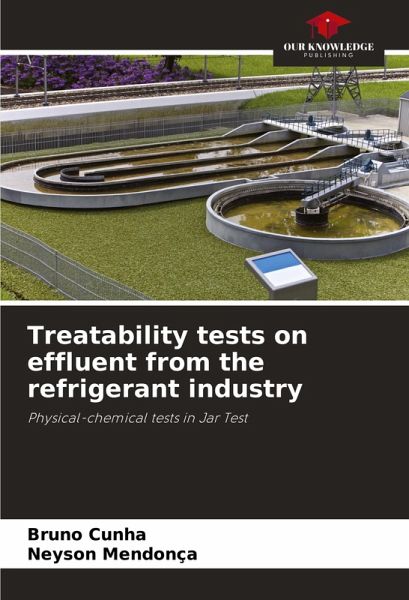
Treatability tests on effluent from the refrigerant industry
Physical-chemical tests in Jar Test
Versandkostenfrei!
Versandfertig in 6-10 Tagen
24,99 €
inkl. MwSt.

PAYBACK Punkte
12 °P sammeln!
This study aims to use jar tests to determine the best conditions for the physical-chemical treatment of refrigerant industry effluent, defining the dosages of alkalising agent (NaOH), coagulant (tannin) and oxidising agent (NaClO) for treatment at an activated sludge effluent treatment plant (ETE). To this end, coagulation/flocculation/oxidation tests were performed in Jar tests and physical characterisation of the sludge (series of solids, specific mass, density of solids and sludge) was carried out. In all stages, the variables analysed were: apparent colour, turbidity, COD, total phosphoru...
This study aims to use jar tests to determine the best conditions for the physical-chemical treatment of refrigerant industry effluent, defining the dosages of alkalising agent (NaOH), coagulant (tannin) and oxidising agent (NaClO) for treatment at an activated sludge effluent treatment plant (ETE). To this end, coagulation/flocculation/oxidation tests were performed in Jar tests and physical characterisation of the sludge (series of solids, specific mass, density of solids and sludge) was carried out. In all stages, the variables analysed were: apparent colour, turbidity, COD, total phosphorus and BRIX. Among the dosages investigated, the best condition was obtained with values of 820 ppm of NaOH, 90 ppm of tannin and 1440 ppm of NaClO, which resulted in removals of 99%, 98.8% and 95.4% in apparent colour, turbidity and total phosphorus, respectively.



